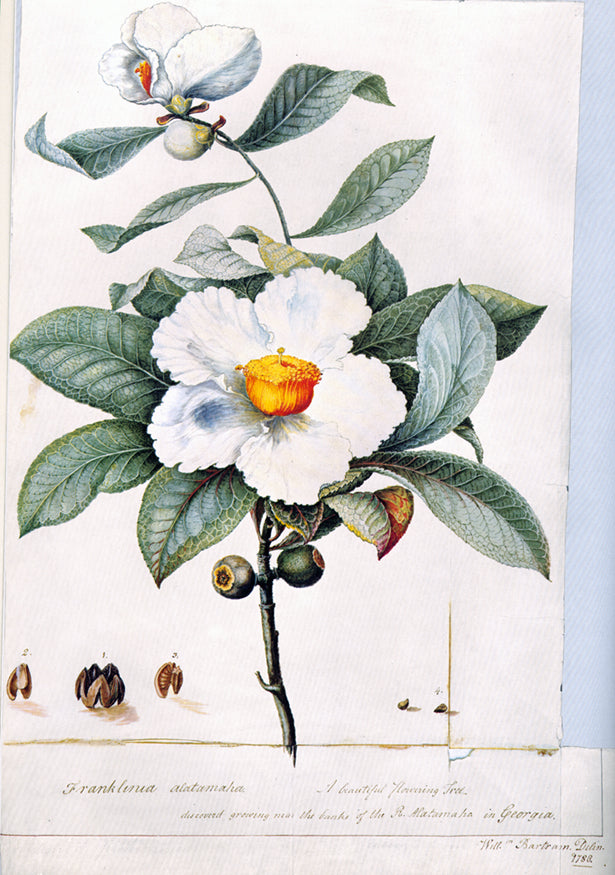Floridaseeds
Franklin Tree Franklinia alatamaha 10 Seeds
Franklin Tree Franklinia alatamaha 10 Seeds
Couldn't load pickup availability
Franklinia alatamaha, or the Franklin tree, is a captivating and historically important small deciduous tree once native to the banks of the Altamaha River in Georgia, USA. Discovered in 1765 by the botanist John Bartram and his son William, it was later named in honor of their friend Benjamin Franklin. Although it has not been observed in the wild since the early 19th century, it survives today solely through propagation from the Bartrams’ original cultivated specimens, making it one of the earliest examples of a plant saved from extinction through horticulture. Typically growing 10 to 20 feet tall, Franklinia alatamaha forms a rounded, multi-stemmed habit with smooth gray bark and lustrous dark green leaves that transform into brilliant shades of crimson, orange, and purple in autumn. In late summer and early fall, it produces large, fragrant, five-petaled white flowers resembling those of camellias, with bright yellow stamens at the center, creating a striking contrast against the deep green foliage. This tree thrives in acidic, well-drained soil and prefers full sun to light shade, though it can be temperamental—sensitive to root disturbance, excessive moisture, and cold winds. Because of its limited natural range and delicate growing requirements, Franklinia alatamaha remains a cherished collector’s species, valued not only for its ornamental beauty but also for its remarkable story of survival, historical significance, and enduring link to early American botany.
Materials
Materials
Shipping & Returns
Shipping & Returns
Dimensions
Dimensions
Care Instructions
Care Instructions
Share





















